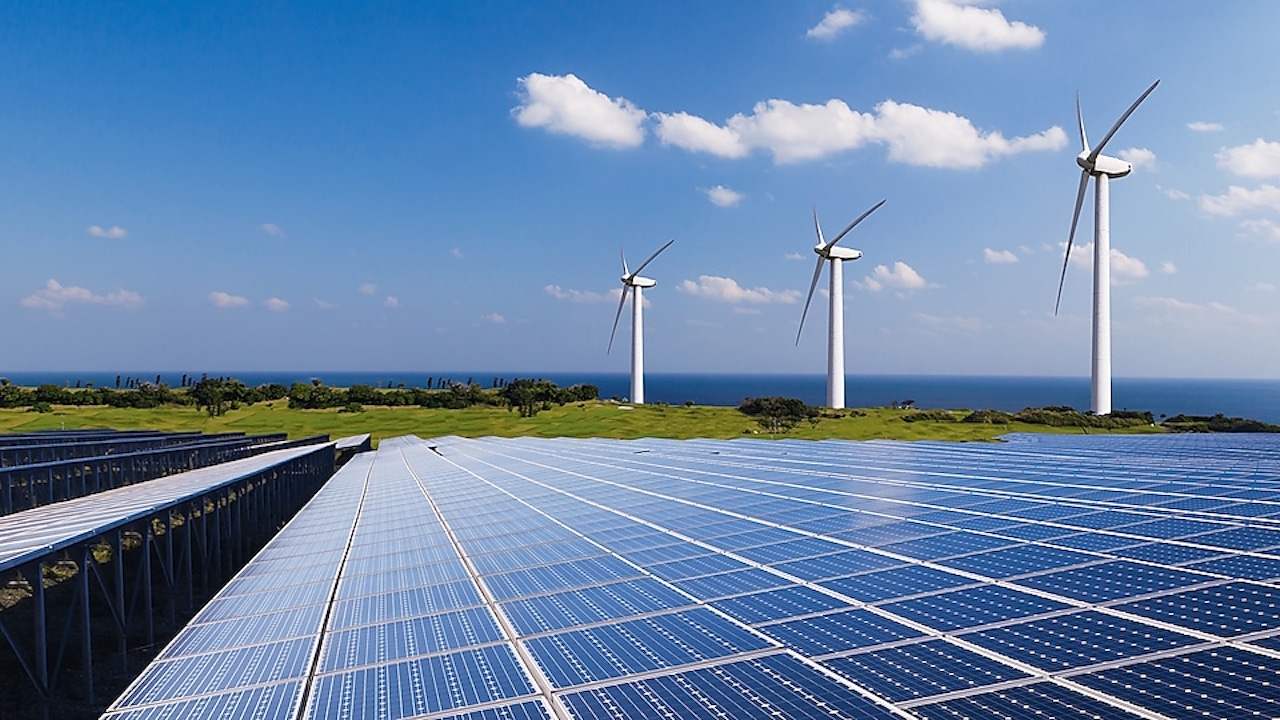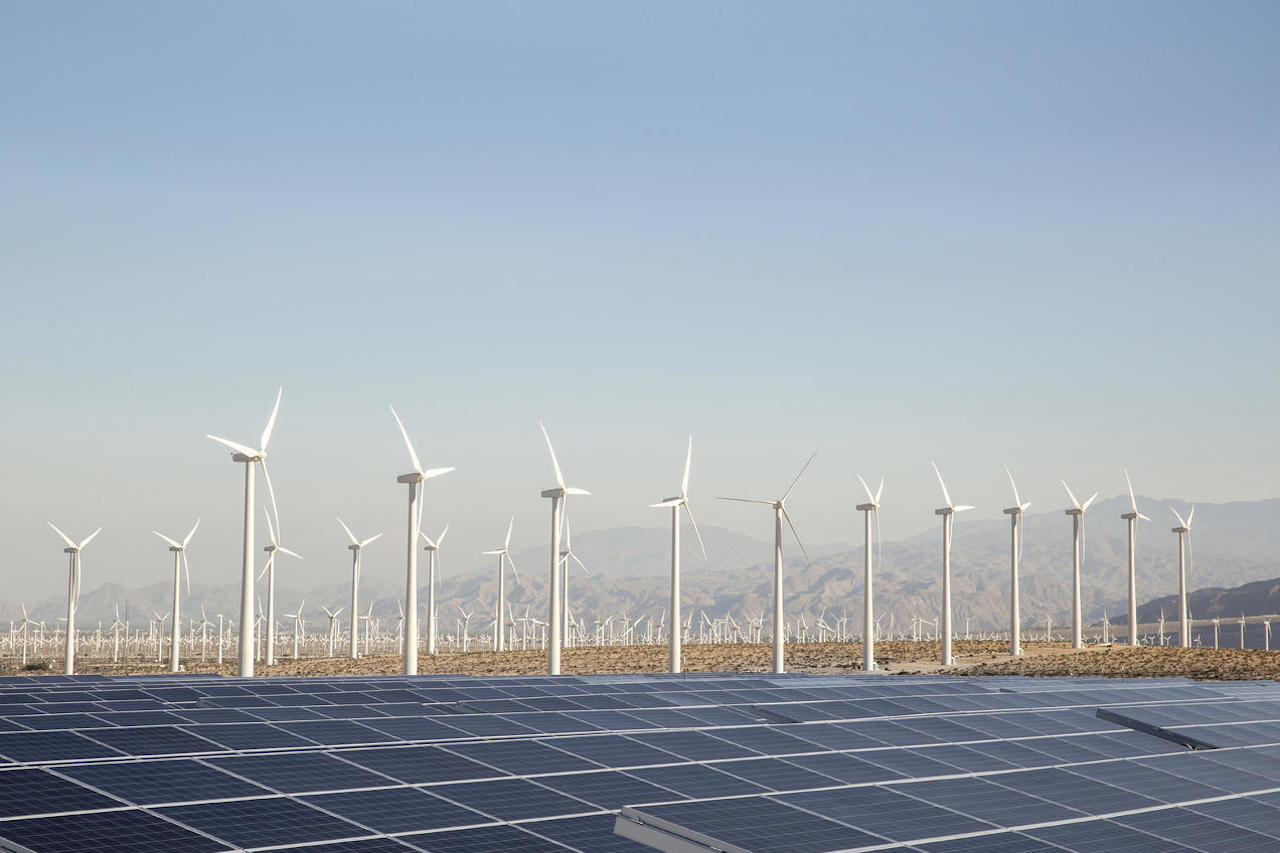India’s Future Renewable Energy Production Under Threat, Climate Crisis to Blame
Scientists at IITM Pune, observed how climate change would threaten India’s solar and wind energy potential for several decades to come

Image: Shell
As a part of the nationally determined contribution (NDC), India aims to increase around 175 GW of renewable energy capacity by 2022, with a target to reach 500 GW of renewable energy capacity by 2030. India wants to attain this sustainable energy goal to combat the climate crisis. However, a new study reveals how climate change will likely impact the country’s future renewable energy production. Investors in the renewable energy sector in India need to comprehend the variables so that they can consider future possibilities, as a new study has revealed.
The latest research got published in the journal ‘Current Science.’ The study reveals that the renewable energy sector has to improve the efficiency of solar farms as solar radiation is likely to drop by 10 to 15 watts per square meter (Wm2) throughout the year.
The main constituents of renewable energy are wind energy, hydroelectric energy, and solar energy. But researchers from the Indian Institute of Tropical Meteorology (IITM), Pune analysed the potential of future solar and wind energy over the Indian landmass. They used the climate model ensembles in various scenarios of potential global temperature rise.

Image: NRDC
As per their analysis, the future seasonal and annual wind speed would decrease over north India while it will increase in south India. Meanwhile, solar radiation is expected to decrease (10-15 Wm2) in the next 50 years during all seasons.
During the Coupled Model Intercomparison Project (CMIP) experiments, onshore regions showed a rising trend of wind potential. But the offshore regions showed a reducing trend due to the non-monsoon months. Plus, the southern coast of Odisha and other southern states including Tamil Nadu and Andhra Pradesh show good wind energy potential in the climate change scenario.
As per the seasonal analysis, the southern and northwestern areas of the country are likely to have more speed in the monsoon and winter months. So, the wind potential is great during those times of the year.
The research further states that solar projections in the future are likely to decrease due to lesser solar radiation in all seasons. But for solar power investments, the south-central and central India are great during pre-monsoon months as the potential decrease during these months is minimum.
Due to reduced wind and solar energy potential, more efficient and expanded networks of solar and wind farms are in need. It is because such farms would increase renewable energy production. Hopefully, the researchers will find an appropriate solution to this climate crisis threat on solar and wind energy. With the right solutions, India could attain its renewable energy goals for a better and greener future.
Via: The Print


